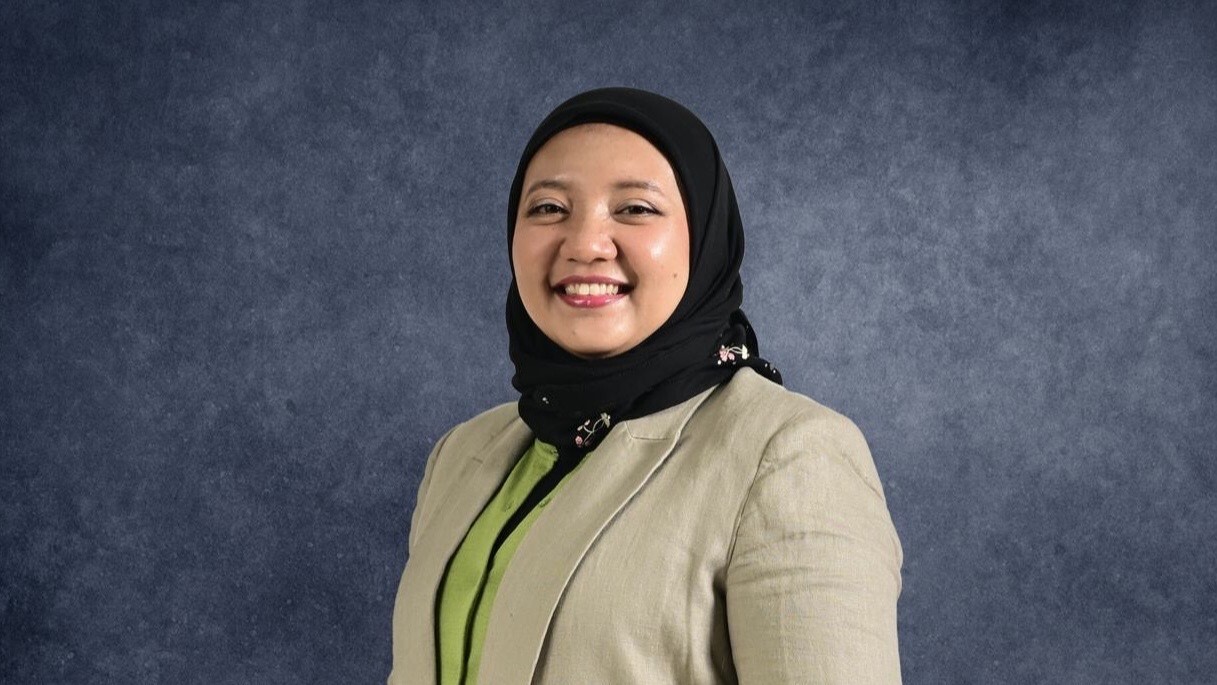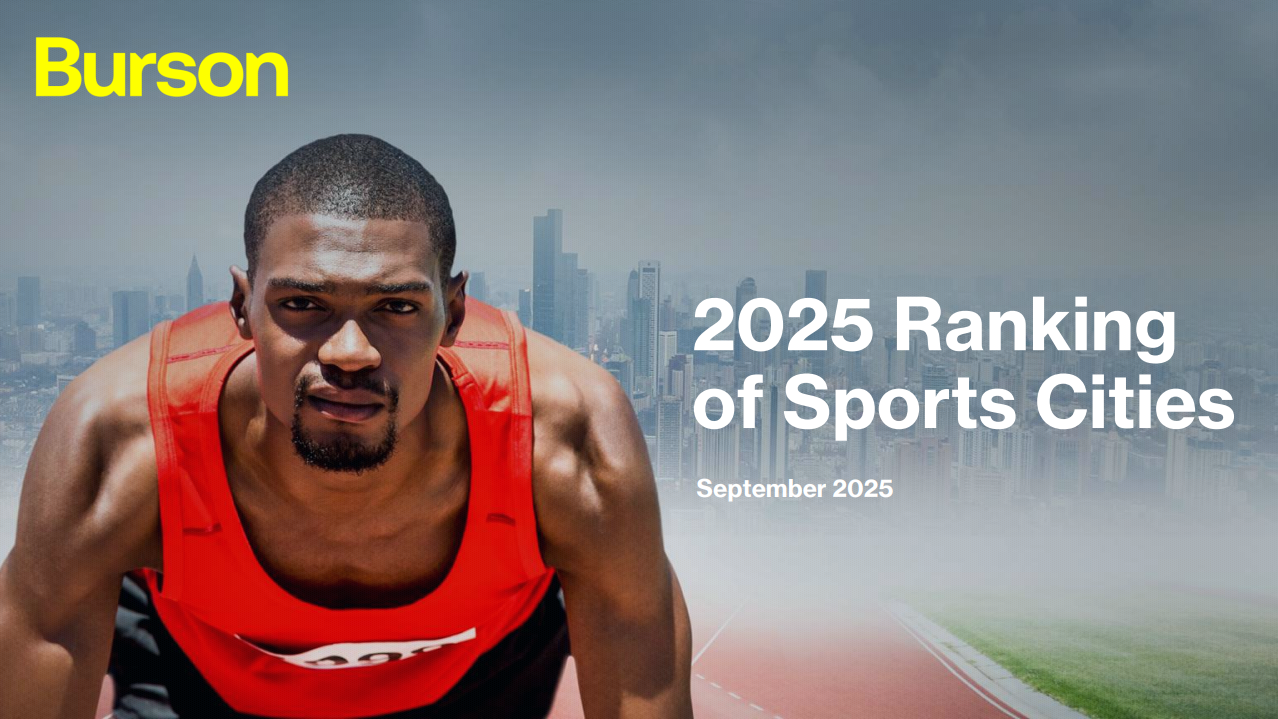Faizah Jaafar has been named Head, Strategic Communication at MyDIGITAL Corporation. Based in Malaysia, she leads the corporation’s communications strategy, overseeing corporate branding, media relations, digital engagement, and events.
With 14 years of industry experience, Faizah most recently served as Head, Brand and Recognition at the Malaysia Design Council.

Moves
MyDIGITAL welcomes new strategic communication head
by Telum Media
19 August 2025 4:00 PM
1 min read
Telum Media creating connections
Get in touch to learn more
Previous story
Hapag-Lloyd AG onboards ME and emerging markets comms head
Next story
PLAUD.AI bolsters comms team with new hire
You might also enjoy
Feature
'Perspectives' is a Telum Media submitted article series, where diverse viewpoints spark thought-provoking conversations about the role of PR and communications in today's world. This Perspectives piece was submitted by Praveen Randhawa, Senior Advisor at Leon Communications.
In a world defined by continuous disruption and rapid transformation, corporate communication is continuously evolving. Mirroring the dynamic nature of the operating environment, the pace of change continues to accelerate and communication strategies must adapt constantly or risk being perceived as “out-of-touch”. The mastery of corporate communications is therefore not a curriculum one ever completes. It is a life-long pursuit.
The mindset that once professionals learn the fundamentals of messaging, media relations, crisis communication and stakeholder management they are equipped for corporate challenges, is a dangerous assumption that can quickly derail business strategy, impact business value and erode critical trust.
Mastery is a moving target
Every aspect of today’s corporate communications environment demands fundamental shifts in how communications professionals approach their work and continuous skills development.
The media landscape is constantly transforming with new channels and platforms resulting in highly fragmented audiences and journalists frequently changing beats, publications and even formats. This makes ensuring messaging that is not only clear but can cut through the “noise” a real challenge. Communicators must continuously learn how to understand, leverage and evaluate effectiveness in emerging media environments while building and maintaining collaborative long-term working relationships with journalists.
With the advancement of technology comes a new set of communication norms and challenges. Advanced analytics for example provides deeper insights but requires new skills to effectively analyse and interpret, while AI-powered content generation offers efficiency gains but requires editorial judgment to ensure accuracy, authenticity and brand consistency.
Given the heightened regulatory environment, each regulatory change creates new compliance and communication requirements that teams must master quickly to stay ahead in order to protect the license to operate. Competitive pressures from a constantly shifting landscape requires agile communicators able to ensure effective data driven competitive differentiation across all external communications.
Continuous learning: The DNA of high performance communications
Organisations that invest in continuous learning, even when there is no obvious gap or immediate crisis, unlock the full potential of their communications executives up-skilling them to become valuable strategic assets able to pre-empt and navigate business challenges with increasing sophistication.
With continuous learning and development, communications teams are better able to:
- consistently deliver messages that strengthen brand equity
- draw on established trust and credibility, enabling faster resolution of issues and reduced reputational damage in a crisis
- secure media coverage, speaking opportunities, partnerships, and talent interest that create business value
- pivot quickly in response to market changes to effectively launch new initiatives, pre-empt competitive challenges and navigate complex stakeholder environments with greater confidence.
Building systems for continuous corporate communications growth
The mastery of corporate communication is a constant work in progress, which companies can kick-start by building the following organisational systems:
- Developing regular scenario-based skill-building and training based on critical business issues to build skills that directly transfer to real-world challenges;
- Creating cross-functional learning partnerships to continuously deepen understanding of business context and stakeholder needs;
- Establishing external learning networks for the sharing of insights and best practices;
- Building measurement systems that track and audit long-term effectiveness;
- Creating rapid response learning systems to quickly capture lessons learned and share insights to accelerate collective learning and improve future responses.
Companies that adopt a mindset of continuous improvement and treat corporate communications development as a strategic investment will build capabilities that can effectively navigate any business environment and turn communication challenges into competitive advantages.
The alternative is falling behind with each industry shift, watching as organisations with more sophisticated corporate communications capabilities attract better talent, manage crises more effectively, and build stronger brands.
11 September 2025 2:17 AM
4 mins read
Moves
Imran Jalal has stepped into the role of Communications Director at TSMP Law Corporation, a boutique law firm based in Singapore.In the new position, he will lead the firm's communications and marketing functions.
Imran brings over a decade of experience in journalism and digital media, most recently serving as Digital Director at SPH Media.
11 September 2025 2:14 AM
1 min read
Research
Burson has published its 2025 Ranking of Sport Cities report, which identified the top 100 cities globally with the strongest association with sport.
The report is based on perception and quantitative analysis, including feedback from international sports leaders, industry experts, and over 1,000 sports media representatives globally, as well as PR metrics and enhanced social media and media coverage analytics, covering 1st July 2024 to 30th June 2025.
The 2025 list featured 19 cities from Asia Pacific and five from the Middle East. At 13th, Tokyo ranked highest within these two regions, followed by Beijing at 14th, Brisbane at 20th, and Dubai at 21st. Regional rankings are as follows:
- Australia and New Zealand: Brisbane (20), Sydney (28), Melbourne (32), Gold Coast (57), Perth (82), Auckland (84).
- Greater China: Beijing (14), Hong Kong (50), Shanghai (63), Chengdu (72), Guangzhou (74).
- Southeast Asia: Singapore (52), Jakarta (96), Bangkok (97).
- Middle East: Dubai (21), Abu Dhabi (23), Doha (25), Riyadh (38), Jeddah (91).
Key findings include:
- As a 'major riser,' Abu Dhabi rose 23 positions from its 46th rank in 2024, a result attributed to the city's diversification in its sports hosting strategy beyond its traditional Formula 1 events.
- As a ‘stable leader’, Tokyo maintained rankings between 8th and 13th from 2023-2025, which was credited to its 2021 Olympic Games host city legacy as well as its upcoming hosting of the World Athletics Championships in September 2025.
- Another ‘stable leader,' Dubai placed between 19th and 21st from 2023-2025, which was attributed to its strategy of combining both elite and mass participation events for locals.
The Olympic lifecycle effect demonstrates predictable patterns of rise and decline.
Olympic and Paralympic host cities experience pre-Games momentum, peak visibility during the Olympic year, and post-Games decline (as seen with Tokyo dropping from 8th place in 2023 to 13th in 2021). The report suggested that strategic cities can achieve recovery through legacy activation by planning for the full Olympic lifecycle - not just the Games itself.
Based on this trend, Brisbane’s ranking should rise significantly as the 2032 Games approaches, and cities bidding for 2036 should see ranking improvements during the bidding process. These predictions suggested strategic opportunities for timing investments to maximise global sports positioning.
Diversification of sports offerings outperforming one-off events.
Top-performing cities strategically diversified their sports portfolios, balancing prestigious events, regular league fixtures, and daily sports attractions. Abu Dhabi, whose ranking rose from 46th in 2024 to 23rd in 2025, has consistently hosted major international events, such as Formula 1 Abu Dhabi Grand Prix, and large golf and tennis tournaments. Riyadh’s jump from 42nd to 38th reflected Saudi Arabia’s growing investment across sports, from golf (LIV Golf) and football (Spanish Soccer Cup) to mixed martial arts (UFC Fight Night).
Based on this observation, Jeddah is poised for a potential ranking jump thanks to hosting events like the F1H2O and the Next Gen ATP Finals.
AI’s role in reshaping the sports landscape, enabling new competitive advantages.
Events and leagues are using AI to amplify their reach and engagement. In leveraging sports for reputational gains, cities can look towards AI to enhance the communications around their hosting and sports initiatives, especially around fan engagement workflows.
The report predicted that cities investing in advanced fan experiences should result in continued digital acceleration. But it also recognised that the pace of AI development renders it difficult to predict which cities will benefit from increased visibility from AI investment.
11 September 2025 1:50 AM
3 mins read


